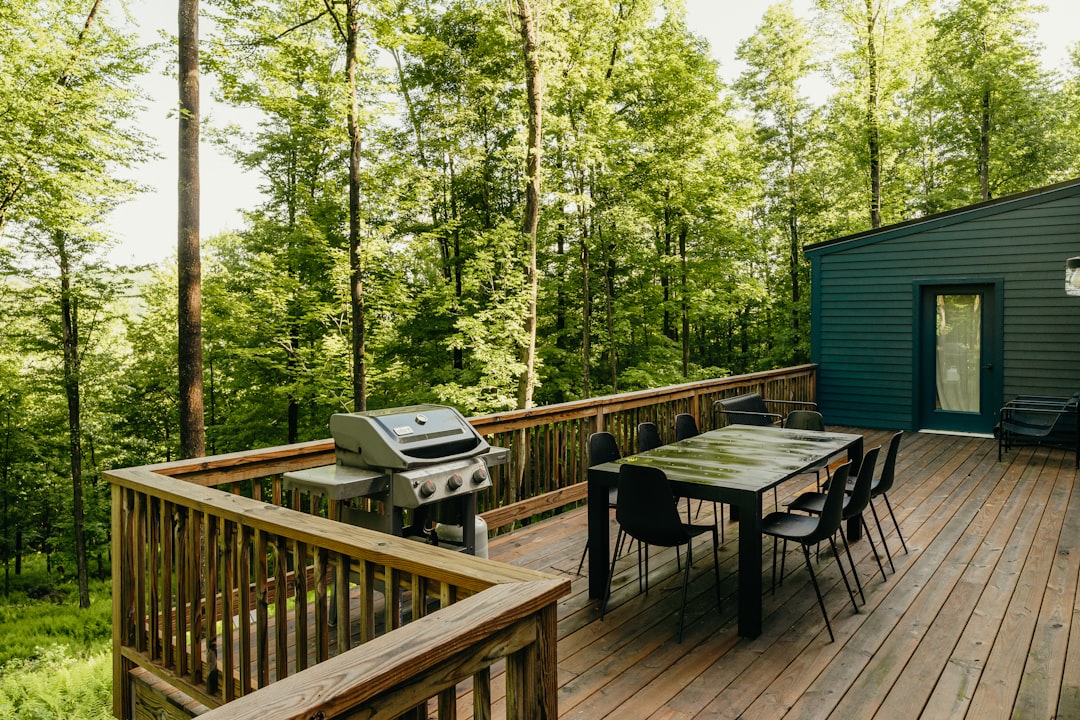Constructing a building requires the use of significant natural resources. With the growing concern about the impacts of global heating and given that resources used for construction are finite there is an increasing emphasis on construction firms to reduce their environmental impact by adopting sustainable construction methods.
While there are challenges involved in adopting sustainable construction company, there are also great benefits too.
Sustainable construction methods can include:
• Using renewable and recycled materials (such as using sand in cement that is sourced from demolished buildings)
• Reducing energy consumption during the building process
• Using reclaimed materials (such as bricks)
• Creating buildings that minimize energy use during their lifetime
• Using materials in construction that are recyclable or biodegradable once the building’s is no longer required
The construction industry has a significant impact on the environment (aside from constructing buildings on natural environments). The amount of energy that is required to construct a building can be significant ranging from heavy machinery that consumes fossil fuels to the use of electricity during the construction process. By some estimates the construction industry accounts for around 36% of worldwide energy usage, and over 40% of carbon dioxide emissions.
The fabrication and shipping of materials that are used in the construction process also result in significant carbon emissions. Mining for the raw materials required to construct a building leads to pollution and the degradation of natural habitats. The manufacture of concrete, for example, has resulted in the emission of over 2.8bn tonnes of CO2 with 4bn tonnes of concrete poured every year. Sustainability has to be applied, therefore, to the entire supply chain of materials that are used in construction.
A sustainable construction company faces significant challenges the greatest of which is increased cost of construction. Research shows that almost 40% of firms reported affordability as the greatest challenge presented to adopting sustainable construction practices and more than half stated that green buildings would incur higher initial costs during the construction phase.
There are positive elements to sustainable buildings, however, with owners reporting that they consider such building to be worth 7% more than a traditional one (this is likely due to reduced operating costs that result from energy-efficient structures) and this could be used to offset the additional costs of using sustainable construction techniques.
The development of new construction methods may also have an impact on more sustainable construction. Pioneers in this field have used 3D printing technology to ‘print’ building elements in what is called ‘additive building construction’ and have produced completed commercial spaces and private habitats in less than 20 hours.









